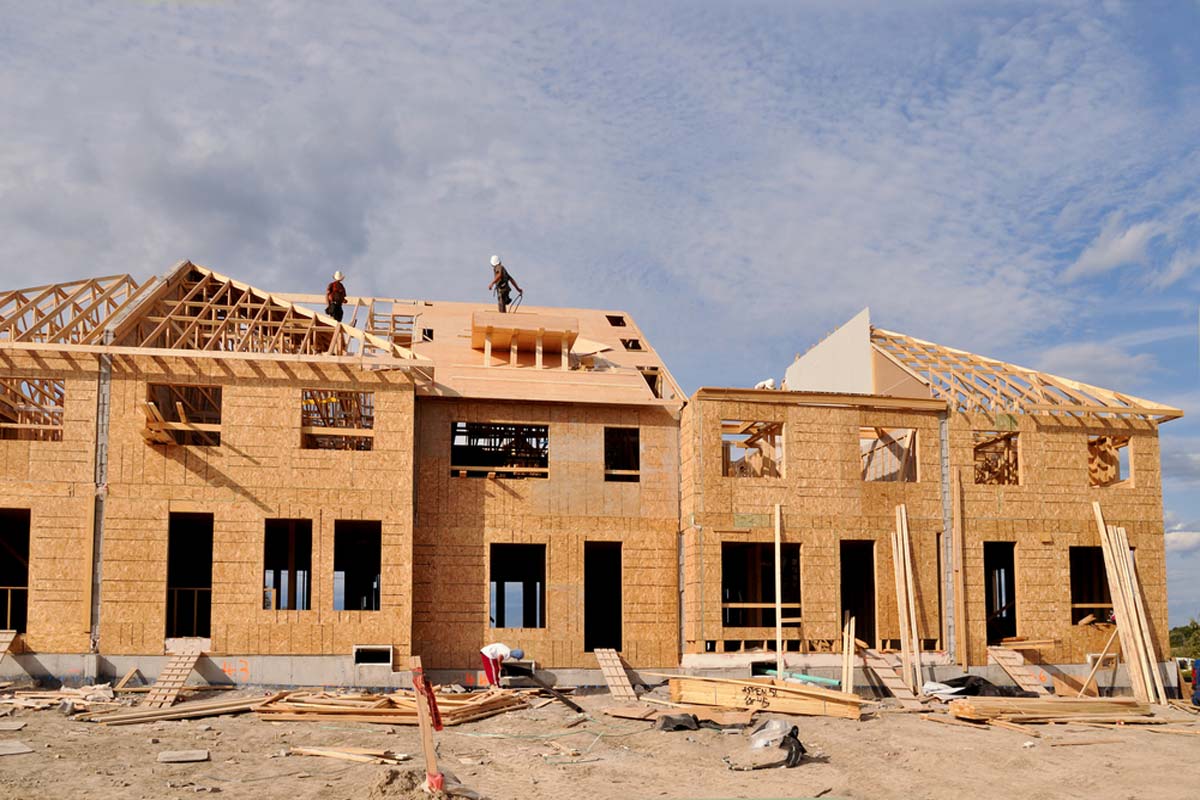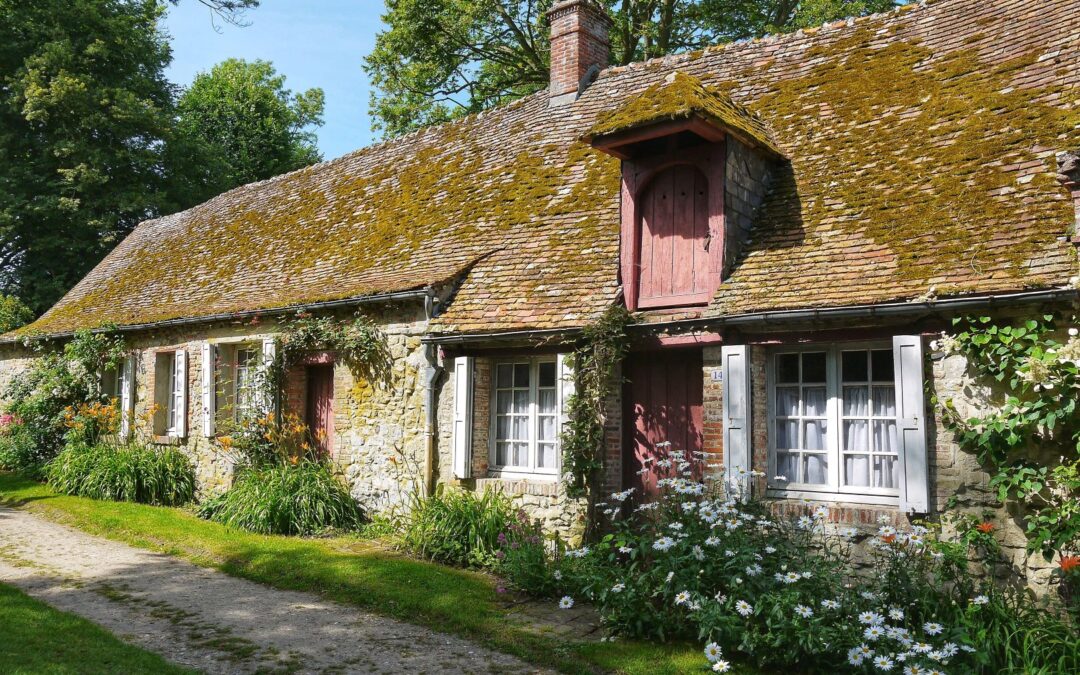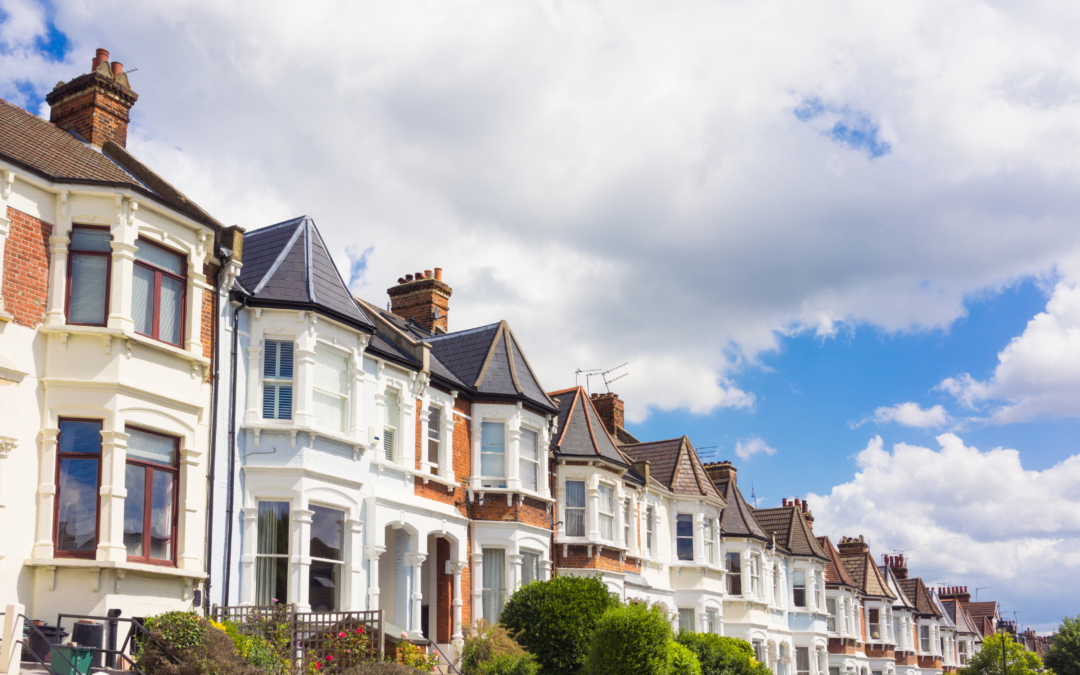Former editor of Estates Gazette – Peter Bill – outlines the Conservatives’ targets for new homes but argues the free market will determine the outcome, not their manifesto.
Well, here we are, the Conservative Party is in power for five years. Their manifesto promises to hit two big housing targets by 2020. First, the erection of 200,000 ‘quality starter homes,’ units reserved for first-time buyers under 40 and sold at 20% below open market prices. A discount made possible by councils being asked to drop payments made by developers to cover contributions to local roads and schools. Second, 275,000 ‘affordable’ units; affordable because their costs are state-subsidised.
An overall annual housing target has wisely not been given. But the political consensus is that it would be nice if numbers could rise from about 130,000 this year to 200,000 by 2020. The promise to build 475,000 starter and affordable homes in five years suggests an annual output of almost 100,000 per year. In other words, half of all new homes will be subject to some form of government subsidy.
Councils will be ordered to identify all brownfield sites in their locale. They will be told to grant builders planning permission on 90% of these sites by 2020. In the capital, a London Land Commission has already been set-up. Housing zones will be identified and land for 95,000 new homes will be found. How councils persuade those who actually build houses to comply with this detailed interventionist agenda is not discussed.
The only thing missing from the strategy are the words “Five Year Plan.” Stalin had slave labour to ensure his wishes were executed. Politicians have no more control over the new homes market than they have over the mushroom market. Yet the myth persists that all that needs to be done is to create the right soil conditions and builders will come. Labour believes this even more fervently than the Conservatives. But imagine either party daring to say this:
“Homes are built by developers in order to make a profit. Construction rates are set by house builders working to their own five-year financial plans. The will of housing ministers has little supply-side effect. It’s down to the economy. Councils turn cartwheels to supply land hoping it will be bought and built upon by those who actually take the risks. Central government hands out billions in subsidies to stimulate demand, the effect of which is to allow developers to raise prices.”
Ministers routinely use the word ‘we’ when talking about building more houses, a habit formed in the 1950s when the state actually built half of all new homes. Granting buyer subsidies and intervening in land supply is not the same thing. But nobody is going to admit that the limit of government power is to ensure the free market operates efficiently by ensuring the paths are as kept as clear as possible through the financial and planning maze.
Imagine a maze with two opposing entrances: One marked ‘Buyers’, the other ‘Builders’. At the centre of the maze is a ticket booth. Buyers reaching the booth need to navigate the financial twists and turns imposed by the Treasury and lending institutions. Meanwhile, builders need to navigate the twists and turns of the planning system. When both reach the centre, the builders get to sell tickets for new homes from the booth to buyer.
The maze can slow or speed-up supply and demand. But, in the end, it does not alter the fundamental rules of a free market. The top 10 builders already hold printed tickets for one third of a million plots. Why don’t they get on and build? Because they will only do it when it is their economic interest to do so. Happily it is becoming in their economic interest to do this so this tale does have a happy ending. The free market is working.
Last year 120,000 new homes were built. In January to March 2015 private homes starts surged 26%. Completions could reach 150,000 this year. The magic 200,000 will be reached by 2018 if the economy continues to grow but economics, not politics will determine the outcome. When buyers stop buying, builders stop building, easy really! A quarter of a million homes a year may be built in 2020 if the economy does not falter. And no guesses as to who will claim the credit.
See www.onthemarket.com/newandexclusive. Agents specify exclusivity and are committed to accuracy under terms of use.






